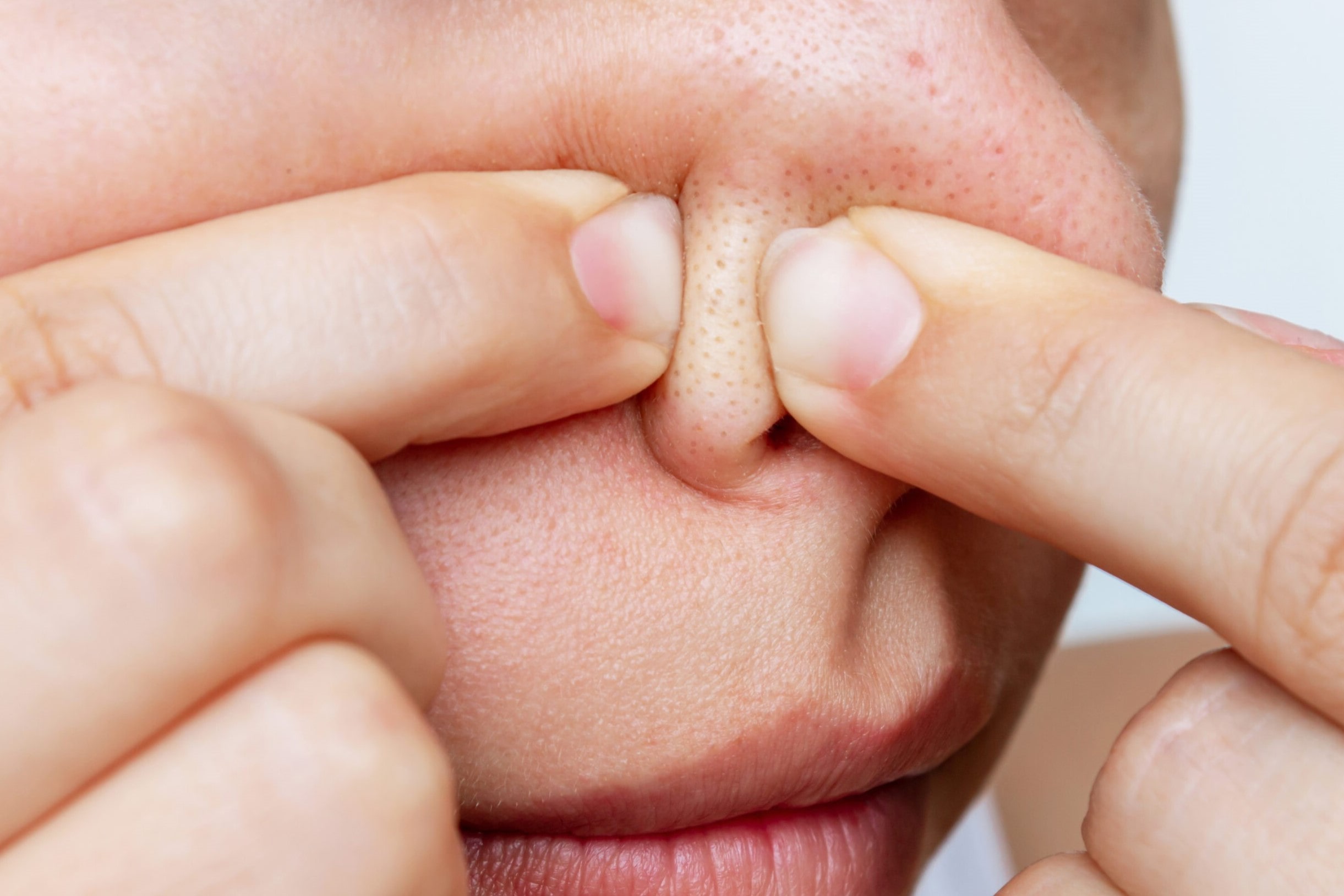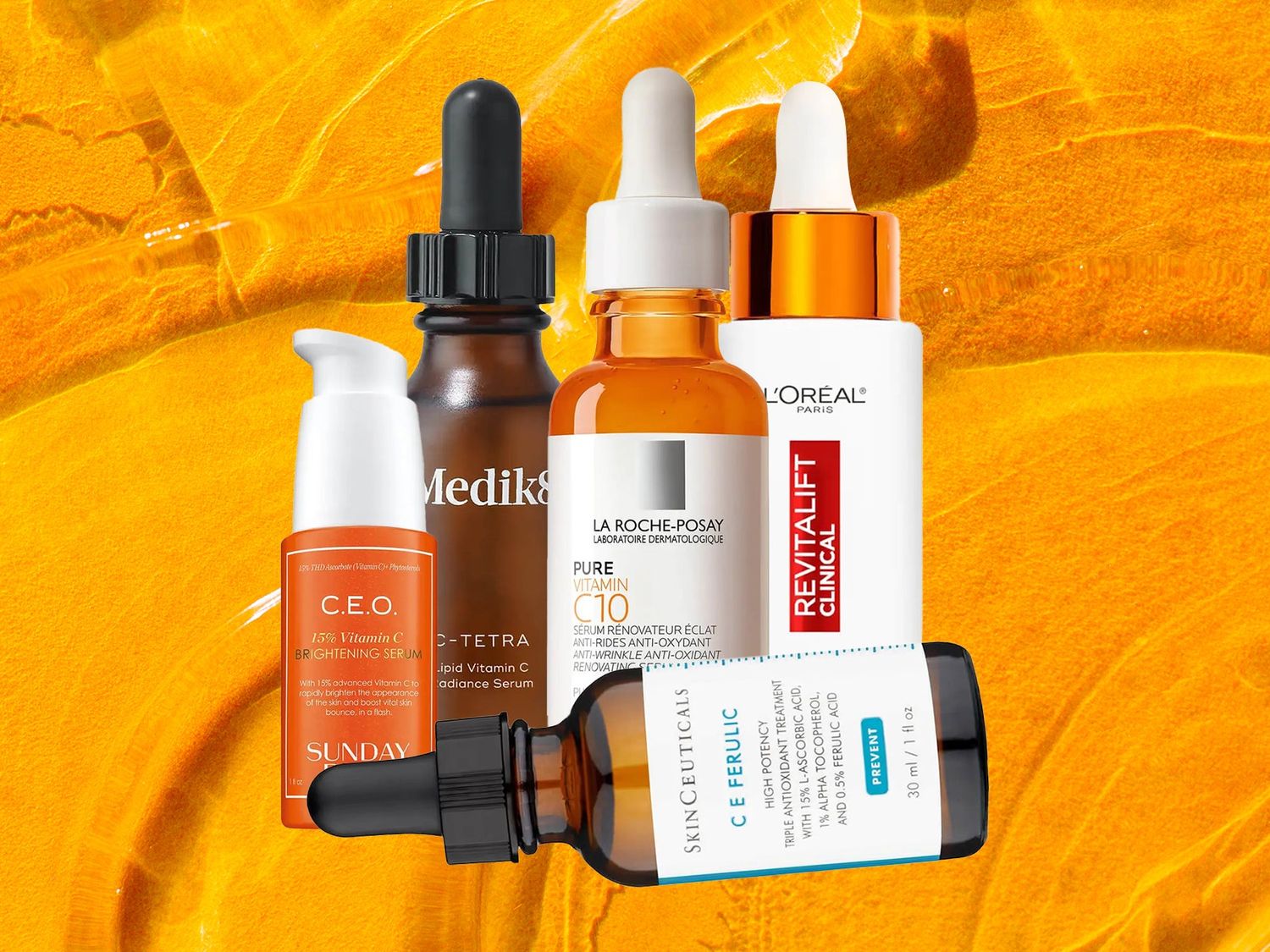
Sebaceous filaments—tiny structures in your skin—often get mistaken for blackheads. Unlike blackheads, which are clogged pores, sebaceous filaments help channel oil from sebaceous glands to the skin’s surface. They appear as small, grayish or flesh-colored dots, especially on the nose and chin. Everyone has them, but they can become more noticeable with oily skin. Trying to remove them can lead to irritation or even damage. Instead, gentle exfoliation and proper skincare can help manage their appearance. Understanding these filaments can help you take better care of your skin without unnecessary worry. Ready to learn more? Let’s dive into 40 intriguing facts about sebaceous filaments!
What Are Sebaceous Filaments?
Sebaceous filaments are tiny structures that line the inside of your pores. They play a crucial role in skin health by helping to transport sebum, the oily substance produced by sebaceous glands, to the surface of the skin.
- Sebaceous filaments are often mistaken for blackheads due to their similar appearance.
- Unlike blackheads, which are clogged pores, sebaceous filaments are a natural part of the skin’s structure.
- These filaments are usually found in areas with a high concentration of sebaceous glands, such as the nose, chin, and forehead.
- Sebaceous filaments help to keep the skin moisturized by distributing sebum evenly across the surface.
- They appear as tiny, grayish or flesh-colored dots on the skin.
How Do Sebaceous Filaments Form?
Understanding how sebaceous filaments form can help you better manage your skincare routine. They are a natural part of the skin’s anatomy and serve an essential function.
- Sebaceous filaments form when sebum and dead skin cells accumulate in the hair follicle.
- Unlike blackheads, they do not form a hard plug but remain soft and pliable.
- The size and visibility of sebaceous filaments can be influenced by factors such as genetics, skin type, and age.
- Hormonal changes, particularly during puberty, can increase the production of sebum, making sebaceous filaments more noticeable.
- Regular exfoliation can help to minimize the appearance of sebaceous filaments by removing dead skin cells.
Are Sebaceous Filaments Harmful?
Many people worry about the presence of sebaceous filaments on their skin. However, these structures are generally harmless and serve a beneficial purpose.
- Sebaceous filaments are not harmful and do not indicate poor hygiene.
- They play a crucial role in maintaining the skin’s barrier function by preventing moisture loss.
- Over-cleansing or using harsh skincare products can irritate the skin and exacerbate the appearance of sebaceous filaments.
- Sebaceous filaments do not cause acne, although they can be more noticeable in individuals with oily skin.
- Squeezing or extracting sebaceous filaments can lead to skin damage and should be avoided.
How to Manage Sebaceous Filaments
While sebaceous filaments are a normal part of the skin, there are ways to manage their appearance if they bother you. Proper skincare can help keep them under control.
- Using a gentle cleanser can help to remove excess oil without stripping the skin.
- Incorporating a salicylic acid-based product into your skincare routine can help to keep pores clear.
- Regular exfoliation with a chemical exfoliant, such as alpha hydroxy acids (AHAs), can help to minimize the appearance of sebaceous filaments.
- Moisturizing with non-comedogenic products can help to maintain the skin’s balance without clogging pores.
- Avoiding heavy, oil-based makeup can prevent the buildup of sebum and dead skin cells in the pores.
Myths About Sebaceous Filaments
There are many misconceptions about sebaceous filaments. Clearing up these myths can help you better understand and care for your skin.
- Myth: Sebaceous filaments can be permanently removed. Fact: They are a natural part of the skin and cannot be permanently eliminated.
- Myth: Only people with oily skin have sebaceous filaments. Fact: Everyone has sebaceous filaments, although they may be more noticeable in individuals with oily skin.
- Myth: Sebaceous filaments are a sign of poor hygiene. Fact: They are a normal part of the skin’s anatomy and do not indicate poor hygiene.
- Myth: Extracting sebaceous filaments will make them go away. Fact: Extracting them can lead to skin damage and will not prevent them from returning.
- Myth: Sebaceous filaments can turn into blackheads. Fact: While they may look similar, sebaceous filaments and blackheads are different and do not transform into one another.
Interesting Facts About Sebaceous Filaments
Here are some lesser-known facts about sebaceous filaments that might surprise you. These tidbits can help you appreciate the complexity of your skin.
- Sebaceous filaments can vary in size and visibility depending on the time of day, often appearing more prominent in the morning.
- The composition of sebum in sebaceous filaments includes triglycerides, fatty acids, and wax esters.
- Sebaceous filaments can help to protect the skin from environmental damage by providing a barrier against pollutants.
- The presence of sebaceous filaments can be influenced by diet, with high-fat diets potentially increasing sebum production.
- Sebaceous filaments can be more noticeable in individuals with larger pores.
Tips for Reducing the Appearance of Sebaceous Filaments
If you’re looking to reduce the appearance of sebaceous filaments, there are several effective strategies you can try. Consistency is key in achieving the best results.
- Using a clay mask once a week can help to absorb excess oil and reduce the visibility of sebaceous filaments.
- Applying a retinoid product can help to increase cell turnover and keep pores clear.
- Drinking plenty of water can help to keep the skin hydrated and reduce the production of excess sebum.
- Avoiding touching your face can prevent the transfer of oils and bacteria to the skin.
- Using a toner with witch hazel can help to tighten pores and reduce the appearance of sebaceous filaments.
Common Questions About Sebaceous Filaments
Many people have questions about sebaceous filaments and how to manage them. Here are some common queries and their answers.
- Can sebaceous filaments be prevented? No, they are a natural part of the skin and cannot be prevented.
- Are sebaceous filaments the same as whiteheads? No, whiteheads are a type of acne, while sebaceous filaments are a normal part of the skin’s structure.
- Can diet affect sebaceous filaments? Yes, a diet high in fats and sugars can increase sebum production and make sebaceous filaments more noticeable.
- Do sebaceous filaments go away with age? They may become less noticeable with age as sebum production decreases.
- Can sebaceous filaments cause skin problems? No, they are generally harmless and do not cause skin problems.
Final Thoughts on Sebaceous Filaments
Sebaceous filaments are a natural part of your skin’s ecosystem. They help transport oil from sebaceous glands to the skin’s surface, keeping it moisturized. Unlike blackheads, they aren’t clogged pores but can still be mistaken for them due to their appearance. Regular cleansing and exfoliation can help manage their visibility, but remember, they’re not something you can permanently get rid of. Over-treating can lead to irritation or even more noticeable filaments. Embrace them as part of your skin’s natural function. If you’re concerned about your skin’s appearance, consult a dermatologist for personalized advice. Understanding these tiny structures can help you make informed decisions about your skincare routine. So next time you see those tiny dots on your nose, you’ll know they’re just doing their job.
Was this page helpful?
Our commitment to delivering trustworthy and engaging content is at the heart of what we do. Each fact on our site is contributed by real users like you, bringing a wealth of diverse insights and information. To ensure the highest standards of accuracy and reliability, our dedicated editors meticulously review each submission. This process guarantees that the facts we share are not only fascinating but also credible. Trust in our commitment to quality and authenticity as you explore and learn with us.


